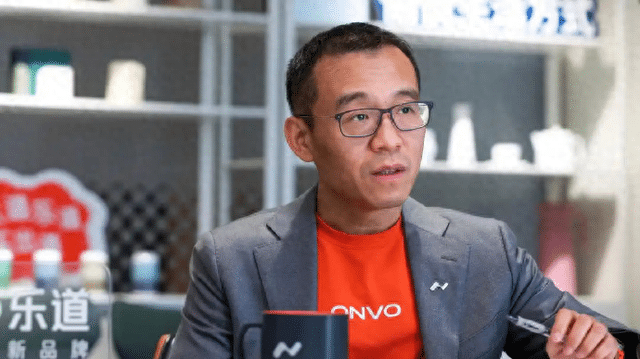Alan Ai (Ai Tiecheng) has resigned as President of Onvo, Nio’s mass-market electric vehicle brand, and has also stepped down as Senior Vice President at Nio. The announcement was made via a post on the Onvo App on the morning of April 2nd.
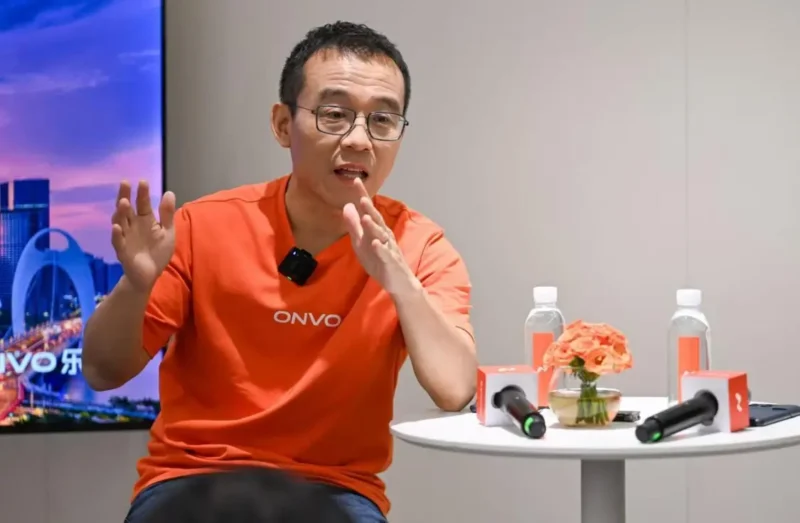
In his statement, Ai attributed his departure to the fact that the Onvo L60, a vehicle he believes to be highly competitive, did not achieve sales volumes matching its product capabilities. He acknowledged shortcomings and deficiencies in the marketing efforts and took responsibility as the team leader.
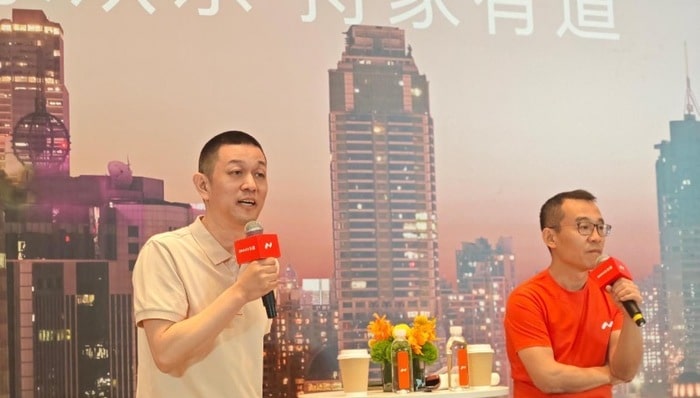
This announcement comes just weeks after Ai, in early March, stated his determination not to “bow his head and admit defeat” when facing speculation about his potential departure. However, within 20 days, Nio and Onvo have implemented a leadership change, with Shen Fei taking over as the new President of Onvo.

The move underscores the pressure on Nio to achieve profitability. The company has set a target of reaching profitability in the fourth quarter of this year, and the success of its second brand, Onvo, is considered crucial to achieving the necessary sales volume.
While Shen Fei has been appointed as the new President of Onvo, the actual leadership will see a more direct involvement from Nio’s top executives. According to Nio’s announcement, Shen Fei will be responsible for Onvo’s sales operations and regional company management, reporting to Nio President Qin Lihong. The heads of Onvo’s user operations and service, Xia Qinghua, and Onvo’s national regional general managers will report to Shen Fei.
Crucially, core aspects of Onvo’s product and marketing will be directly overseen by Nio founder and CEO William Li and President Qin Lihong, indicating a complete integration of Onvo into Nio’s management structure.
This organizational shift signifies a closer collaboration and resource sharing between Onvo and Nio. Enhancing organizational efficiency has been a key focus of Nio’s recent reforms. Previously, while there was some sharing of technology and resources between Nio, Onvo, and its upcoming smaller brand, Firefly, the teams primarily operated independently, leading to potential resource duplication.
Nio is reportedly implementing cost-saving measures, and this change extends to its brands. In late February, Nio merged the delivery channels of the Nio and Onvo brands to optimize team personnel and channel resources.
Shen Fei’s primary focus will be on Onvo’s sales operations. He will no longer serve as the head of Nio Power, although Qi Haijun, head of Nio’s roadside service center, will continue to report to him. Qu Yu will now manage all Nio Power operations, reporting directly to William Li.
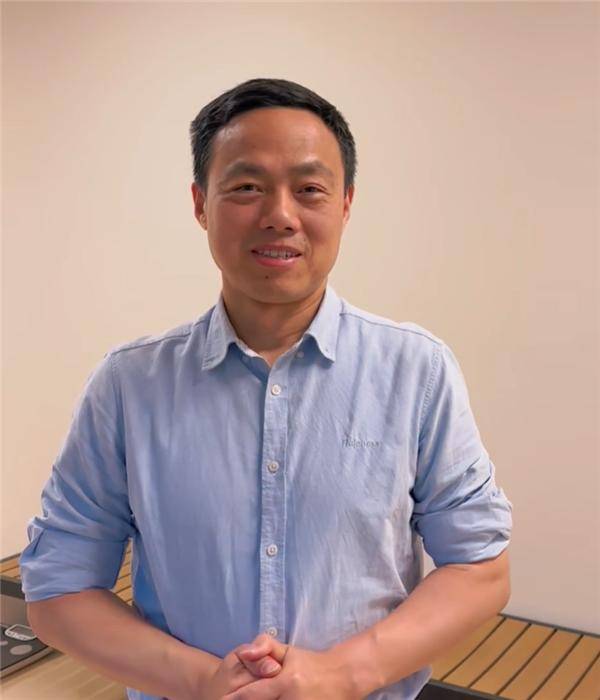
Shen Fei joined Nio in 2015 and has been instrumental in building Nio’s battery swapping infrastructure from the ground up. However, he has no prior experience in vehicle sales management, making this transition a new challenge.
There is speculation that Nio intends to closely link its battery swapping technology with Onvo’s sales, potentially using the swapping network as a key selling point for the new brand. Both Alan Ai and William Li have previously stated that the presence of battery swapping stations can positively impact sales performance, with stores near swapping stations showing improved sales figures.
Nio aims to have its battery swapping network cover all counties in China this year, and Onvo is primarily targeting the mass market in third—and fourth-tier cities. Thus, Shen Fei’s appointment could potentially benefit from integrating the efforts of the swapping station network and Onvo dealerships.
Despite the new leadership structure, Onvo faces significant challenges in breaking through the competitive EV market.
As of the end of March, Onvo had established 450 stores. While the sales network is mainly in place, Onvo’s sales have not kept pace. In the first three months of this year, Onvo delivered 5,912 units in January, 4,049 in February, and 4,820 in March—figures that fell short of internal targets and were a direct factor in Alan Ai’s departure.
In a previous interview, Ai attributed the slower-than-expected sales to insufficient brand awareness, stating that many potential customers were unfamiliar with the Onvo brand. He emphasized the need for greater brand recognition to generate consumer interest and consideration.
While Onvo implemented several initiatives around the Chinese New Year to boost brand awareness, the March delivery numbers suggest that this challenge has not yet been fully overcome, which could continue to impact the brand’s performance.
Onvo is expected to launch two new models this year: the L90, a large three-row flagship SUV anticipated to debut at the Shanghai Auto Show with deliveries expected in the third quarter, and the L80, a sizeable five-seat SUV slated for delivery in the fourth quarter.
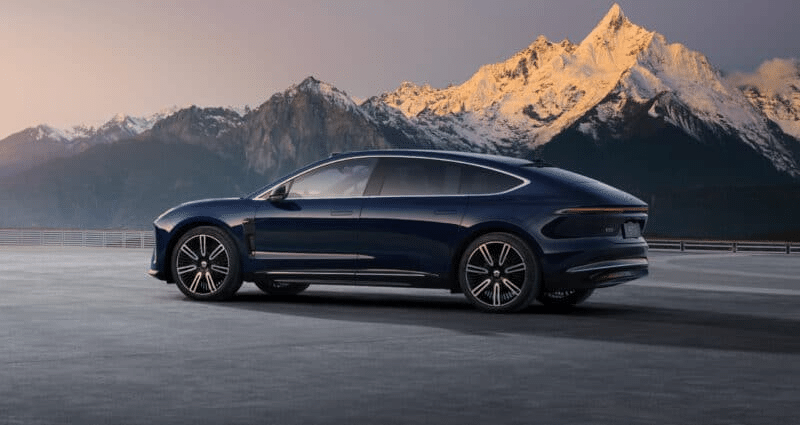
This year is crucial for Nio, with all three brands (Nio, Onvo, and Firefly) launching new products. However, the primary pressure for volume growth rests on Onvo. The Nio brand itself will see updates to its existing “5566” models (ET5, ET5T, ES6, EC6) in 2025, along with the launch of the high-end ET9 (priced above RMB 750,000, or 108,000 USD) and another new model in the fourth quarter, suggesting limited volume increases from the leading Nio brand. The Firefly brand’s first model is set to launch in April, but its design has already generated controversy, and the small, premium car segment is not particularly popular in the Chinese market.
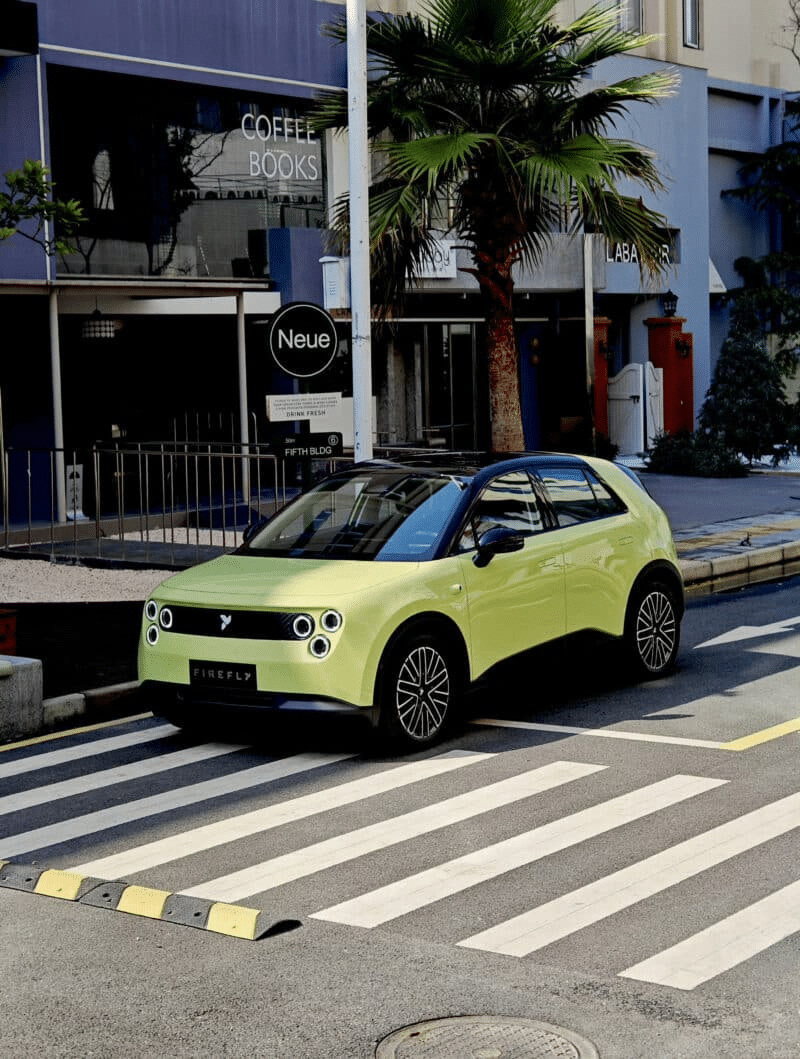
William Li anticipates that launching nine new models across the three brands will drive significant sales growth for Nio, with a target of doubling last year’s deliveries to reach 440,000 units in 2025.
The Onvo L60’s underperformance is evident, making the upcoming L90 critical for the brand’s success. However, both models will compete in highly competitive segments. The L60 will face rivals such as the updated Tesla Model Y, Zeekr 007, and Xiaomi SU7, while the L90 will compete with the Aito M8 and Li Auto L8.
“If Nio has only one goal this year, it is to achieve profitability in the fourth quarter,” William Li has publicly stated. This is a critical undertaking for Nio, with little room for further missteps for either the Nio or Onvo brands.
Onvo missed the opportunity to capitalize on its initial strong launch and the window for establishing a strong market position. The brand’s struggles have impacted Nio’s overall performance. In the face of these changes at Nio, William Li is reportedly taking a more assertive approach, and Alan Ai’s departure marks a relatively rare public resignation of a VP-level executive within the company.
